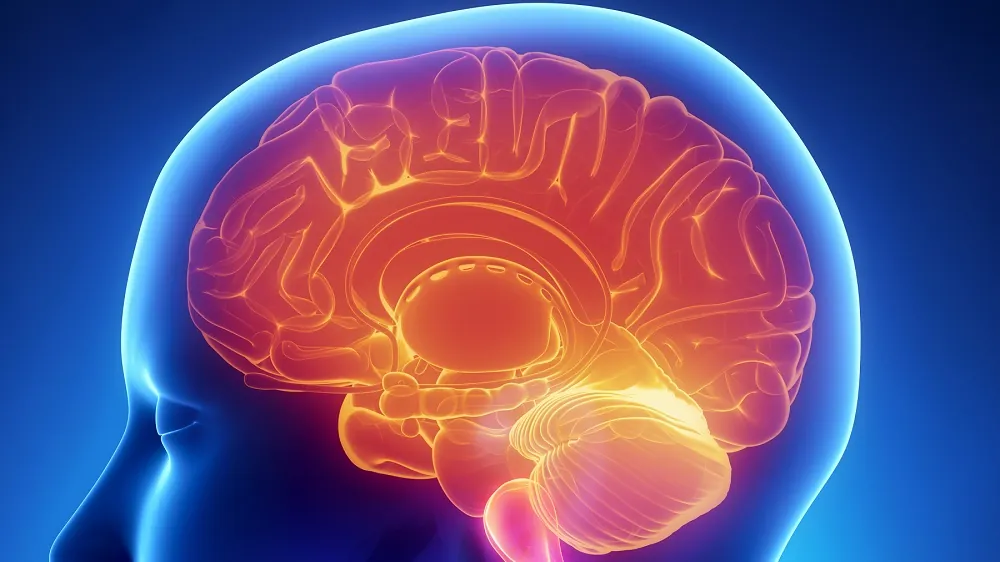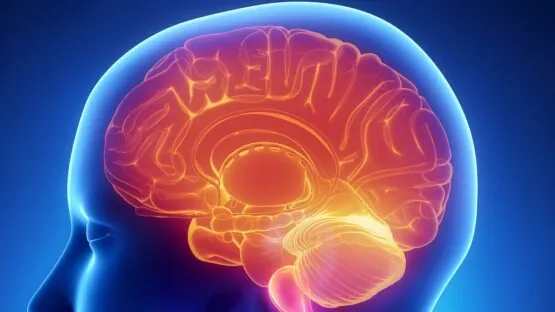A new study has shown that, unlike many other glucose-lowering drugs, metformin is regulated by the protein Ras1 in a specific subset of neurons, and when injected into the brain, even tiny doses of metformin can do the job [1].
The brain connection
The safe and cheap anti-diabetes drug metformin has been in use for decades. In addition to its strong glucose-lowering activity, metformin also exerts metabolic effects that lead to weight loss, improved lipid profile, and enhanced insulin sensitivity [2].
Metformin is although one of the most famous small molecules in the longevity field. It has demonstrated healthspan benefits and, in some experiments, lifespan extension, in animal models, and it has been linked to improved health outcomes and survival in diabetic humans [3].
Despite metformin being around for so long, scientists were still not entirely sure what its mechanism of action is. It was thought that it works via peripheral organs, such as the liver and the gut. However, in this new study from the Baylor College of Medicine, published in Science Advances, researchers have found that metformin’s activity might be mediated by the brain. “The brain is now widely recognized as a key regulator of whole-body glucose metabolism and a potential therapeutic target for the treatment of diabetes,” the paper says. “However, whether and how the brain contributes to the antidiabetic effects of metformin have not been thoroughly explored.”
In one of their previous studies, the same team found that Ras-related protein 1 (Rap1) in the hypothalamus is a major regulator of whole-body glucose metabolism, and that activating it produces a diabetes-like phenotype in mice, while reducing its activity ameliorates hyperglycemia (high blood sugar) [4]. This time, the researchers set off to find whether Rap1 might regulate the effects of metformin.
The metformin-specific protein
The team genetically engineered brain-specific Rap1-deficient mice. These mice and their wild-type littermates that were used as controls received a high-fat diet (HFD) to recreate a diabetes-like condition. The animals were then treated with several glucose-lowering drugs, including metformin, sulfonylurea (glibenclamide), a GLP-1 receptor agonist (exendin-4), an SGLT-2 inhibitor (dapagliflozin), and insulin.
Interestingly, only metformin failed to significantly lower blood glucose levels in Rap1-deficient mice, while the other drugs worked as intended, suggesting that Rap1 affects some metformin-specific pathway. Circulating levels of metformin were similar in Rap1-deficient and control mice, but in the former, metformin failed to improve glucose tolerance. The researchers had to ramp up the dose of metformin considerably for it to start working in Rap1-deficient mice.
“It’s been widely accepted that metformin lowers blood glucose primarily by reducing glucose output in the liver. Other studies have found that it acts through the gut,” said corresponding author Dr. Makoto Fukuda, associate professor at Baylor. “We looked into the brain as it is widely recognized as a key regulator of whole-body glucose metabolism. We investigated whether and how the brain contributes to the anti-diabetic effects of metformin.”
Aim for the brain!
The researchers reasoned that if the brain regulates metformin’s effects, a direct injection of a small dose of the drug into the brain would exert a meaningful effect. Indeed, they found that tiny doses of metformin, which would have made no difference when administered systemically, recreated the known effects of the drug when injected intracerebroventricularly (into the fluid-filled spaces of the brain). Metformin injection also inhibited the activity of Rap1 protein in the hypothalamus.
The team created a new line of mice that expressed in their forebrain neurons a permanently active version of Rap1 that cannot be inhibited by metformin. As they predicted, these mice were resistant to metformin. The drug failed to improve their glucose tolerance, confirming that metformin’s ability to inhibit Rap1 is essential for its action.
Using advanced methods, the researchers found that metformin specifically activated a group of neurons (SF1 neurons) in a small part of the hypothalamus called the ventromedial hypothalamic nucleus (VMH). Metformin’s ability to excite these specific neurons is lost when the Rap1 gene is deleted from them.
To prove that this particular cell population is the true site of metformin’s action, the researchers used precise genetic tools to either delete or activate Rap1 only in the VMH neurons. Deleting Rap1 mimicked the glucose-lowering effect of metformin. Conversely, activating it was enough to block metformin’s therapeutic effect on glucose tolerance.
“This discovery changes how we think about metformin,” Fukuda said. “It’s not just working in the liver or the gut, it’s also acting in the brain. We found that while the liver and intestines need high concentrations of the drug to respond, the brain reacts to much lower levels. These findings open the door to developing new diabetes treatments that directly target this pathway in the brain.”
The possibility of tapping into metformin’s anti-aging potential was not lost on the researchers. “In addition, metformin is known for other health benefits, such as slowing brain aging,” Fukuda noted. “We plan to investigate whether this same brain Rap1 signaling is responsible for other well-documented effects of the drug on the brain.”
Literature
[1] Lin, Y., Lu, W., He, Y., Fu, Y., Kaneko, K., Huang, P., Wang, C., Yang, Y., Li, F., Xu, Y., & Fukuda, M. (2025). Low-dose metformin requires brain Rap1 for its antidiabetic action. Science Advances.
[2] Diabetes Prevention Program Research Group. (2012). Long-term safety, tolerability, and weight loss associated with metformin in the Diabetes Prevention Program Outcomes Study. Diabetes care, 35(4), 731-737.
[3] Soukas, A. A., Hao, H., & Wu, L. (2019). Metformin as anti-aging therapy: is it for everyone? Trends in Endocrinology & Metabolism, 30(10), 745-755.
[4] Kaneko, K., Lin, H. Y., Fu, Y., Saha, P. K., De la Puente-Gomez, A. B., Xu, Y., … & Fukuda, M. (2021). Rap1 in the VMH regulates glucose homeostasis. JCI insight, 6(11), e142545.



